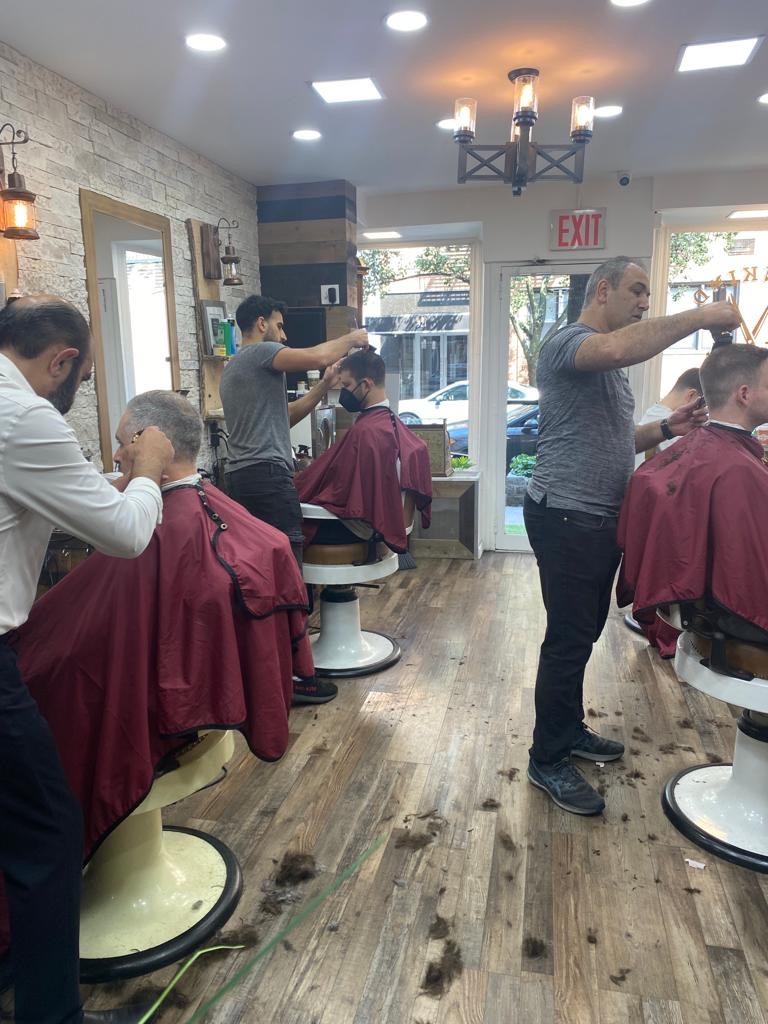Beard Straightening Techniques
What are the best beard straightening techniques for coarse and curly hair?
When dealing with coarse and curly beard hair, the best straightening techniques involve using a high-quality beard straightener or flat iron specifically designed for men's facial hair. It is essential to apply a heat protectant spray before using any heat tools to prevent damage. Additionally, combing the beard in the direction of growth while straightening can help achieve a smoother look. Regular maintenance and conditioning with beard oils or balms can also help keep the beard soft and manageable.



